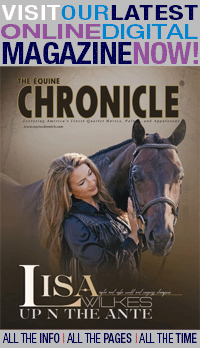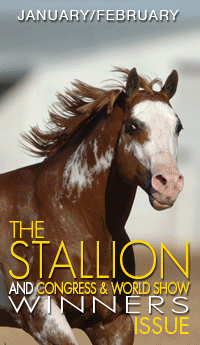Updates on EHV-1 Outbreak from American Horse Council
(Updated as of 6:23 pm 11/20/2025)
EHV-1 Outbreak from the American Horse Council
In early November 2025, an outbreak of a particularly aggressive strain of Equine Herpesvirus Type 1 (EHV-1) was linked to the World Championship Barrel Racing Finals held in the Waco, Texas area (Nov 5–9).
EHV-1 primarily causes upper respiratory disease and abortions/stillbirths in horses. In some cases, it causes a neurological disease called equine herpes myeloencephalopathy (EHM) that can be fatal.
Veterinarians confirmed neurological cases (known as equine herpes myeloencephalopathy, or EHM), raising serious concern. The Texas Department of Agriculture (TDA) issued a statewide alert recommending that all horses that were at or exposed to the Waco event be isolated for at least 14 days, monitored twice daily for fever, and handled under heightened biosecurity.
Since the initial Texas cases, other horses have now tested positive in Oklahoma and Louisiana. Dozens of events across the country have been cancelled out of an abundance of caution.
Because EHV-1 can spread rapidly via nose-to-nose contact, coughing, shared equipment, and even on humans’ clothes and boots, authorities urged strict cleaning of tack, trailers, and shared gear, and emphasized the need for early veterinary evaluation of any sick horses.
It is alleged that hundreds of potentially exposed horses have returned to dozens of home states. Until proper contact tracing can be completed, horse shows, competitors, and others travelling with horses are urged to take all precautions to prevent the spread of EHV-1.
Rumors are rampant on social media regarding the number of horses testing positive outside of Texas, Oklahoma, and Louisiana, but nothing as of yet has been confirmed, and readers are cautioned to seek facts from legitimate sources such as USDA-APHIS, the Equine Disease Communication Center, and their state animal health officials.
Fever is typically the first symptom, and owners are encouraged to take their horse’s temperature daily. Owners should also be on the lookout for other symptoms, including
Clinical signs of EHV may not be specific, and some horses may not show any signs of illness. In clinically affected horses, look for:
- Fever
- Difficulty urinating
- Nasal discharge and cough
- Depression
- Head tilt
- Loss of tail tone
- Stumbling or weakness in the hind limbs that progresses to all limbs
- Down and unable to rise
- Abortion in pregnant mares
EHV-1 and EHV-4 are spread via nose-to-nose contact; contaminated equipment (water and feed buckets, tack and grooming supplies, and shoes); and respiratory secretions within stalls and stables. Aborted fetuses and afterbirth can also contain these viruses.
You can help prevent the spread of EHV-1 by:
- Vaccinating your horses. Vaccines are available to prevent the forms of EHV that cause respiratory illness and abortion. These vaccines reduce the severity of symptoms and viral shedding. They also reduce the risk of abortions. These vaccines are strongly recommended, especially in breeding operations. None of the vaccines are effective against the neurologic form of the disease (EHM).
- Isolating new or returning horses. Isolate new horses and horses returning to the farm after an event for at least 21 days. Monitor them for signs of disease. Keep pregnant mares with foals at their side in small groups away from new or returning horses.
- Always practicing good hygiene and biosecurity. Regularly clean and disinfect all water/feed buckets, mucking equipment, tack, and any other equipment. Do not share or borrow tack or equipment at shows, events, or boarding facilities.
The American Horse Council will work hard to keep our members updated as more information is confirmed. You can learn more about EHV-1 at: https://www.aphis.usda.gov/livestock-poultry-disease/equine/herpesvirus
And follow updated disease alerts through the Equine Disease Communication Center at: https://equinediseasecc.org/news/article/Equine-Herpesvirus-Myeloencephalopathy-(EHM)-Outbreak











